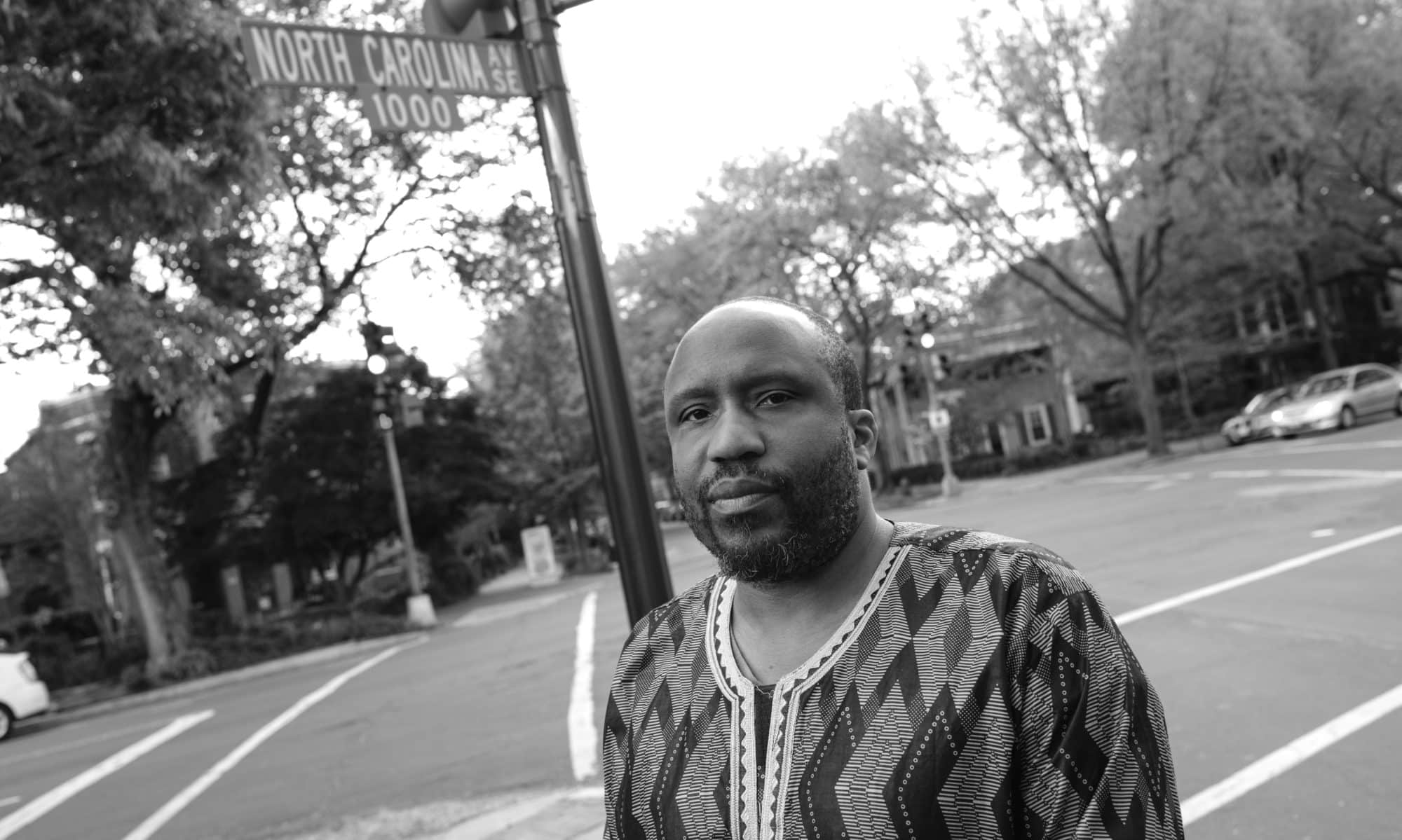About a year ago I bought a book from Phaidon called The Music of Painting: Music, Modernism and the Visual Arts from the Romantics to John Cage by Peter Vergo. Although I was a bit skeptical from the title, I thought I still would go ahead and take a chance. I also looked at the table of contents and the section titles left me with some hope. Over the past year or so I have paged through the book, but other than one small reference to Romare Bearden;Vergo anecdotaly claims that Stuart Davis advised Bearden “to listen to the freedom that characterized Earl Hines’ piano playing.” In reading an interview with Bearden on Archives of American Art website, it appears that David and Bearden were two friends sitting around talking about music:
Avis Berman: It seems to me that your coloring has really gotten very much purer over the years – almost like the climate, you know, like the West Indies where you get that kind of color, and I was wondering how you had evolved your color schemes.
Romare Bearden: Well, I think the big thing about. I was a great friend of Stuart Davis, and he used to listen to Earl Hines’s music, all the time. And the main. And he used to say, “You know, listen to what he isn’t playing, what they call the interval, and, it’s what you don’t need.” You know it, but you throw it out, you don’t need too much. You know, you just have to find the things now that you need, because. The artist’s problem isn’t, say, the problem of the Renaissance, because if you look at a painting of scenes of. of photographs of Matisse of this day, the other day, about twenty days, until the whole thing is achieved. And each painting is different, until he finally gets to the one and changes this and the other. And so in the modern, in the modern art, seems bent on destruction and new beginnings, destruction and new beginning. And in the past, say the Renaissance, say Tintoretto, or someone, Titian, do a sketch, and they carried it out pretty much. Because so much of the art was built on skill. And we don’t need a lot of the things that ehy had to put in. And this is a round-about way of telling you ____ ____ ____.
Being a composer himself, I hardly think Bearden needing advising on how to hear freedom in a jazz musicians playing. To be completely honestly, I find a quite a bit of irony in a a non-African American advising an African American to hear the freedom in a musical expression that his African American ancestors created.
Anyway, other than that minor reference to Bearden, I found no other references to African or African American painters or musicians. This seemed rather odd for book titled The Music of Painting to not include any African or African American painters, musicians or references..AT ALL. I mean how can you talk about music, painting and modernism and not reference ANY Africans or African Americans? How can you have a section called Art, Jazz and Silence and not include Thelonious Monk, Miles Davis, Cecil Taylor or Ornette Coleman? It seems to me that these kinds of omissions are deliberate and I am not sure how or why a publisher would…well..nevermind.
The one bright moment while going through this book was an image in this book that made me think of another book I bought around the same time, Aaron Douglas: African American Modernist.
On page 305 of The Music of Painting, there is a sequence of 8 images from Walt Disney’s 1940 classic Fantasia. The first time I glanced at these images though I immediately thought of Aaron Douglas’ paintings. This clearly set off a series of questions in my head that are still bouncing around in my mind. Is is possible that Walt Disney was inspired or influenced by Douglas’ work? If so, what kind of options do we have with today’s technology to remix Douglas and add motion and sound to his already majestic and cinematic work?
I will be revisiting this as I dig more into the book, Aaron Douglas: African American Modernist. Stay tuned…














































